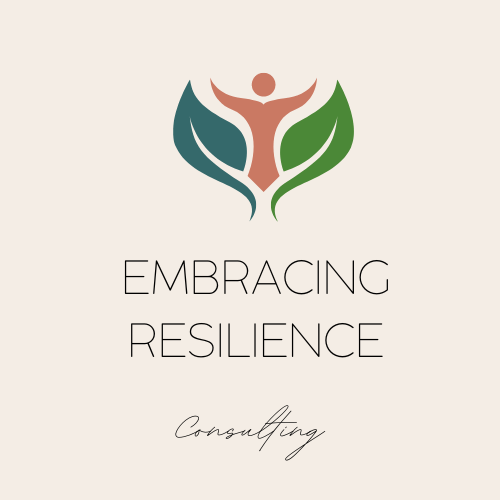Transformative mental health and educational consultation for the community.
Teaching Resilience to Children
Why Developing Resilience is Valuable
Resilience is the ability to persist despite challenges and bounce back from adversity. There are three areas that require resilience: recovering from adversity or trauma, overcoming risk factors and navigating everyday stressors that most students face.
Risk and protective factors in resilience
The World Health Organization indicates that there are a number of environmental risk factors that can potentially affect a child’s development. These factors include premature birth, maltreatment, parental illness or psychopathology, divorce, homelessness and natural disasters.
However, there are protective factors, qualities of the individual and their environment that counteract risk factors and improve positive development. These factors can include positive self-perceptions, self-efficacy, having a sense of faith and meaning, optimism and hope, strong self-regulation skills and a sense of humor. Additionally, there are family variables that help to improve resilience. Some of these variables include close relationships with family members, low friction between parents and warm parenting styles that are structured with clear expectations. Other protective factors include socioeconomic advantage, parental involvement in education and parents with cognitive and personality strengths such as optimism and self-regulation.
Resilience and depression prevention
Research has shown that those with resilience skills perform better in various settings compared with those with less resilience. Individuals with resilience typically have a lower risk for depression, reduced internalizing and externalizing symptoms, improved academic success, positive social relationships and better psychological well-being and mental health. Preventing depression can have a great impact on intrapersonal, behavioral and social functioning of children.
In 2017, an estimated 13.3% of adolescents aged 12 to 17 in the United States had at least one major depressive episode. Moreover, rates of depression increase as children enter adolescence. This is especially important during the transition to adulthood since individuals can be particularly vulnerable to depression during this transition.
Resilience strategies for parents
Here are five strategies to try when teaching children to be resilient:
- Model positive attitudes and positive emotions. Children need to see parents thinking positively out loud with a problem-solving approach. This teaches them a sense of power and purpose.
- Express love and gratitude. Praise should occur more than criticism. This teaches them how to express positive emotions and provides a buffer against depression.
- Express yourself! Parents that teach children how to label emotions, even negative ones, help children to be aware of emotions and better deal with adverse situations.
- Make physical health a priority. Good physical health teaches the body and mind to become resilient. Physical health includes healthy eating habits, regular exercise and consistent sleep routines.
- Ensure children are academically successful. In addition, developing skills such as playing sports, drawing, making things or playing musical instruments helps students to feel competent and learn how to cope with stress positively.
Persisting despite challenges and bouncing back from adversity make all the difference for a happy, healthy life. That’s why it’s important to develop resilience early on. Teach your children to be resilient, and you’ll help them develop the lifelong ability to recover from adversity or trauma, overcome risk factors and navigate everyday stressors.
Resources
Kwok, O., Hughes, J. N., & Luo, W. (2007). Role of resilient personality on lower achieving first grade students’ current and future achievement. Journal of School Psychology, 45, 61–82.
Lambert, V. A., Lambert, C. E., Jr., Klipple, G. L., & Mewshaw, E. A. (1989). Social support, hardiness and psychological well-being in women with arthritis. IMAGE: Journal of Nursing Scholarship, 21, 128–131.
Link to abstract: https://www.ncbi.nlm.nih.gov/pubmed/18289792
Murphy, D. A., & Marelich, W. D. (2008). Resiliency in young children whose mothers are living with HIV/AIDS. AIDS Care, 20, 284–291
National Association of School Psychologists
Smith, B. W., & Zautra, A. J. (2008). Vulnerability and resilience in women with arthritis: Test of a two-factor model. Journal of Consulting and Clinical Psychology, 76, 799–810.



